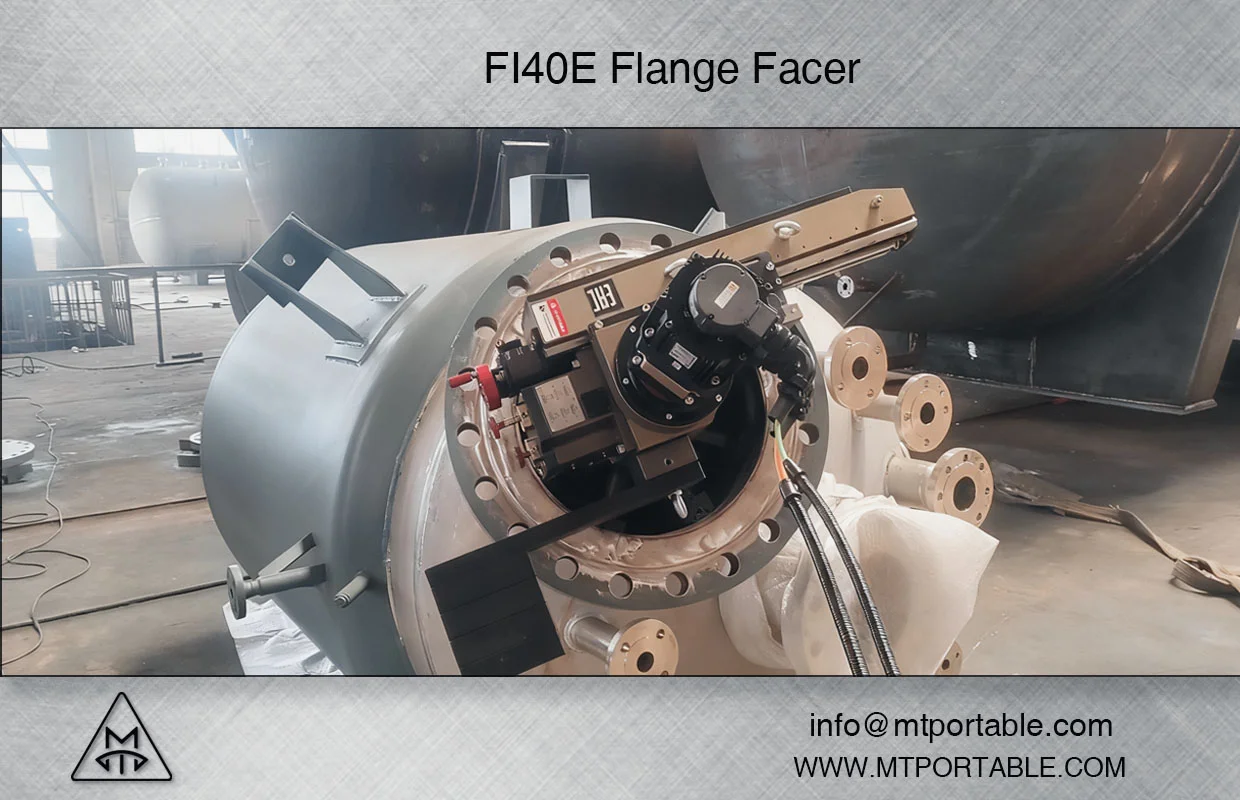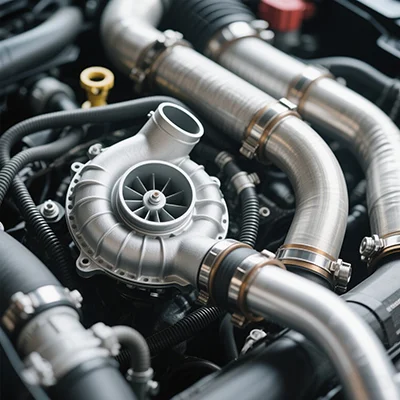In the realm of printing, the choice of paper plays a pivotal role in achieving optimal results. Two commonly used types of paper are plain paper and inkjet paper. While they may appear similar at first glance, a deeper understanding of their characteristics and applications is essential for making informed decisions. In this article, we will delve into the differences between plain paper and inkjet paper, exploring their unique features, purposes, and the impact they have on print quality.
- Composition and Structure:
Plain Paper:
Plain paper, also known as bond paper, is a lightweight and versatile option commonly used for everyday printing needs. It is typically made from wood pulp or a blend of wood and cotton fibers. The manufacturing process involves mechanically grinding the fibers, resulting in a relatively smooth surface.
Inkjet Paper:
Inkjet paper, specifically designed for inkjet printers, is engineered to enhance the print quality and longevity of inkjet prints. It is usually composed of higher-quality materials, such as alpha cellulose or cotton fibers, which offer improved absorption and color vibrancy. The surface of inkjet paper is coated to control ink absorption and prevent bleeding, resulting in sharper and more vibrant prints.
- Absorption and Drying Time:
Plain Paper:
Due to its uncoated nature, plain paper has a higher absorption rate, causing ink to spread and potentially blur the printed image. This can result in reduced sharpness and color accuracy. Additionally, plain paper often requires a longer drying time, as the ink penetrates the fibers rather than being retained on the surface.
Inkjet Paper:
The coating on inkjet paper restricts ink absorption, allowing it to remain on the surface and preventing excessive spreading. This results in crisper lines, finer details, and more accurate color reproduction. Moreover, inkjet paper facilitates faster drying times, as the ink remains on the surface and does not penetrate the fibers.
- Print Quality and Longevity:
Plain Paper:
While plain paper is suitable for everyday printing tasks, it may not deliver the same level of print quality as inkjet paper. The higher absorption rate and lack of coating can lead to reduced sharpness, color accuracy, and overall print vibrancy. Additionally, prints on plain paper may be more susceptible to fading and deterioration over time.
Inkjet Paper:
Inkjet paper is specifically engineered to optimize print quality. The coating on the paper allows for precise ink placement, resulting in sharper text, vibrant colors, and enhanced image details. Furthermore, inkjet paper often possesses archival qualities, ensuring that prints maintain their quality and resist fading for an extended period.
- Applications and Recommendations:
Plain Paper:
Plain paper finds its utility in various everyday printing tasks, such as drafts, memos, and general documents. It is cost-effective and readily available, making it a popular choice for high-volume printing needs. However, for projects that demand superior print quality, such as photographs or marketing materials, inkjet paper is recommended.
Inkjet Paper:
Inkjet paper is the preferred choice for high-quality prints, including photographs, fine art prints, brochures, and presentations. Its ability to reproduce vibrant colors and intricate details makes it indispensable for professional photographers, graphic designers, and artists. When investing in inkjet paper, it is crucial to select the appropriate weight and finish based on the specific printing requirements.
Conclusion:
In summary, the distinctions between plain paper and inkjet paper lie in their composition, absorption properties, print quality, and recommended applications. While plain paper serves everyday printing needs, inkjet paper offers superior print quality, color accuracy, and longevity. Understanding these differences empowers individuals and businesses to make informed decisions when selecting the most suitable paper for their printing projects, ensuring optimal results and customer satisfaction.






+ There are no comments
Add yours